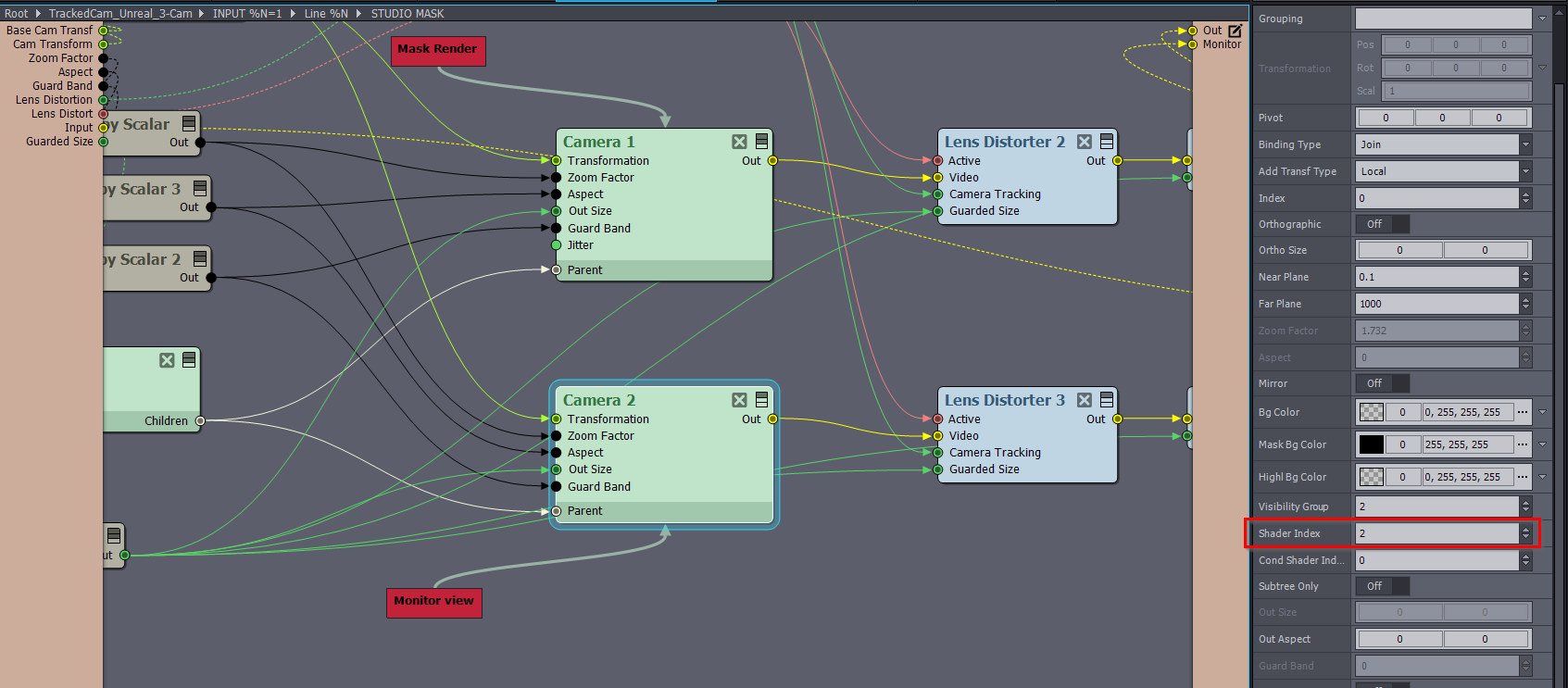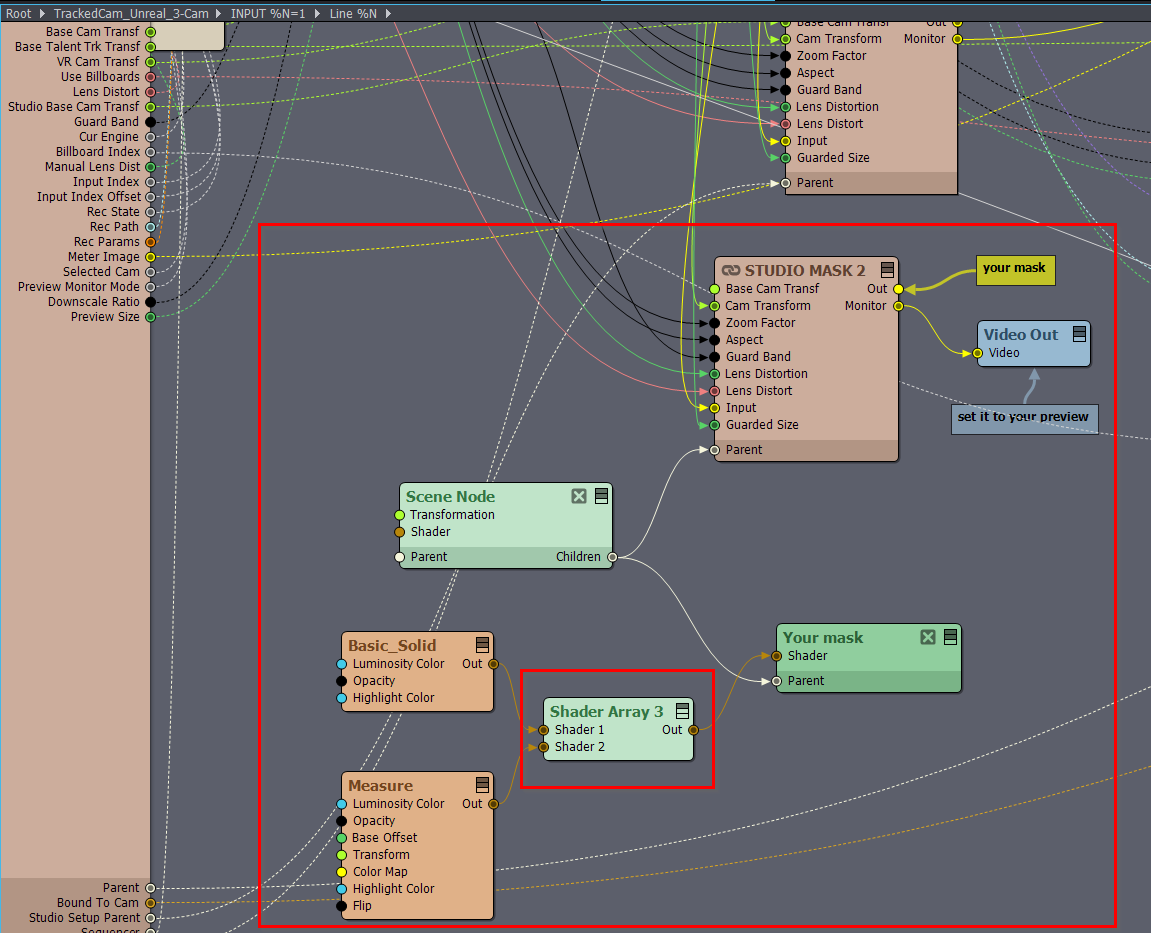Hi,
We are a small team using the HTC Tracker system for camera tracking in the Studio version. One of the main issues we face is that our green screen often gets wrinkled and has uneven lighting(I have tried my best to handle it). The most challenging part when using a tracking camera is dealing with keying as the camera moves. Unlike with a fixed camera, where we can rely on a clean plate to handle everything.
But the studio version cannot use 3D clean plates. Could you please provide suggestions on how to better optimize keying in this situation?
I want to use multiple keying in passes,Is it feasible to chain multiple keying processes to make multiple adjustments for green screen keying? Would this significantly impact real-time performance?
If this method is feasible,Can you provide guidance on the steps for multiple keystrokes?
Do you have any other recommendations?
----alan





